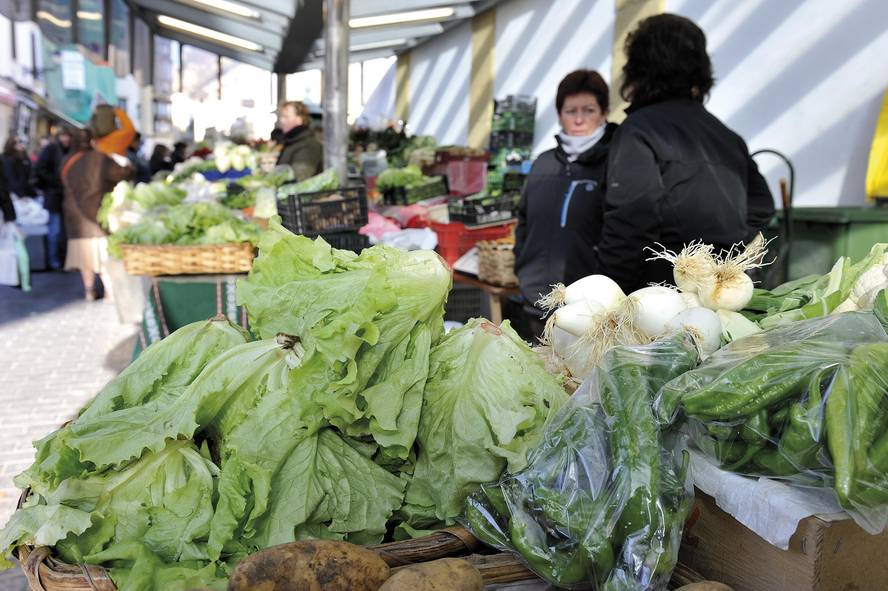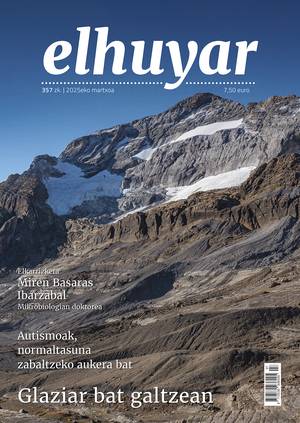Two new methods for detecting antibiotics in vegetables and worms

The research group IBeA of the UPV/EHU has developed two methods of analysis that detect very low concentrations of antibiotics in vegetables and worms. In fact, widespread use of antibiotics causes them to reach the environment through different routes. Its passage to worms and crops has also been proven and can reach humans through the food chain. This can exacerbate the problem of antibiotic resistance.
Low concentrations of antibiotics in worms and vegetables require highly sensitive detection methods. And that is what the IBeA have achieved, thanks to the thesis that Irantzu Vergara Luis is doing. Vergara has explained that the methods developed allow the definition of a wide range of antimicrobial drugs, as well as products derived from their transformation.
These methods have made significant progress. In fact, each family of antibiotics has different physico-chemical properties and it is very important that the same method of analysis serves to analyze all of them. In addition, they have reached fairly low detection limits.
Vergara has highlighted the need to “continue research with a multidisciplinary approach in this line, as this problem will affect the whole of society in the coming decades.” In fact, water treatment plants do not currently have an absolutely effective treatment for the total disposal of drug residues, and are often used for irrigation.





